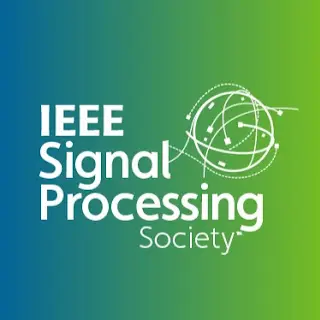Decoding Silent Reading EEG Signals Using Adaptive Feature Graph Convolutional Network
Decoding silent reading Electroencephalography (EEG) signals is challenging because of its low signal-to-noise ratio. In addition, EEG signals are typically non-Euclidean structured, therefore merely using a two-dimensional matrix to represent the variation of sampling points of each channel in time cannot richly represent the spatial connection between channels.
